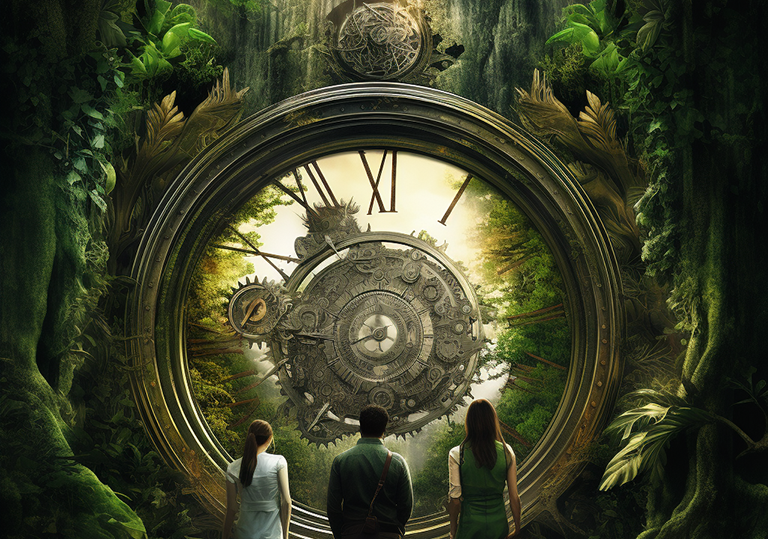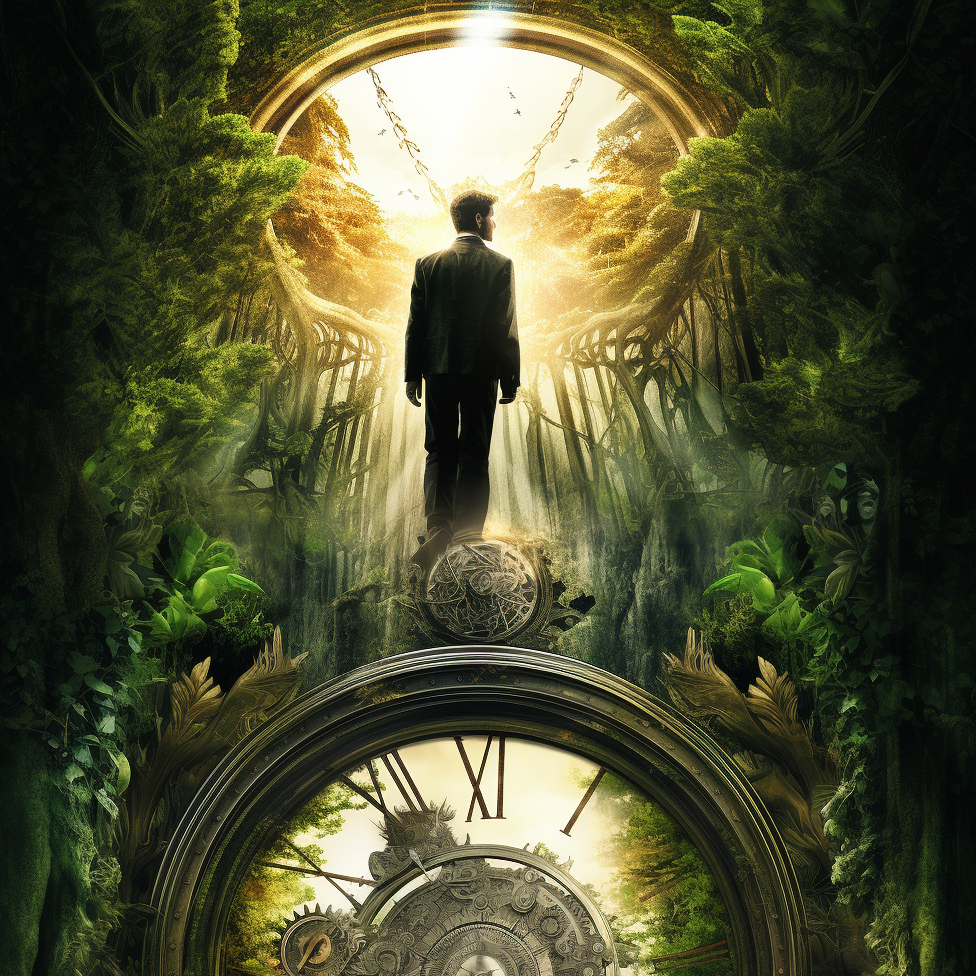
Enlisting our full selves in the battle
The pace of the modern workplace is relentless — there’s no doubt about it.
A recent article in the Harvard Business Review found that between 2016 and 2022 the number of planned enterprise changes an employee would encounter in a year has increased from 2 to 10. Add to this the burgeoning impact of artificial intelligence and technology changes on most industries, and the amount of learning required from an employee across the space of a year (or even a month!) is truly daunting.
There simply isn’t enough time in the day to do it all.
For most of the leaders we speak to, the ability to prioritise on the go has become one of their most crucial skills. Because you simply can’t do it all, you have to decide what really needs to get done.
Leading through Time
What we know is that time management encompasses three different skills:
- Awareness: reflection on your time and appreciation that it is a finite resource
- Arrangement: organising your time to effectively achieve goals and tasks
- Adaptation: developing capabilities around adjusting to interruptions and changing priorities
And so, it’s not just about how you arrange your time, it’s also about how you think about time and adapt to its flux. We frequently talk to leaders about cultivating more conscious leadership and the first principle of being more conscious is raising our awareness of self and our impact. How we are spending our often-limited time is one key dimension of that.
We have natural tendencies to certain ways of working (“I love the strategic work” or “It’s good to get into the details”). We often find ourselves putting off the things that we aren’t so at ease with — even when we’ve identified them as priorities. For example, developing those harder relationships or trying to generate highly creative or innovative thinking around a complex problem.
When it comes to adaptation, getting you from one mental space to another can also be a significant challenge. Psychological research has established over a number of years that it is difficult for us to switch between tasks. So, how do we smooth these transitions and help ourselves?

Moving and Adapting
At PF, we like to talk to leaders about ways in which they can engage different ways of thinking and “intelligences” to serve them in navigating these difficulties. For example, their emotional intelligence or their creative intelligence. How can we bring different ways of thinking to support us in navigating this pace of work and the pace of learning — the pace of change?
- Consider ways to leverage your intelligences beyond the rational and analytical faculties
Sometimes relationship building — and a bit of emotional intelligence — will get you a lot further than just trying to think your way through a problem. Ask yourself: what is the best route to getting the outcome I want? Sometimes it isn’t just a one-dimensional task-focus. Bring your full capabilities — and thinking — to bear on your tasks.
2. Make time for developing and using your different intelligences
Rather than believing that it’s easy to switch between different modes of thought in your work practice, consider setting aside some time to navigate the transitions. What do you need to get into a creative space? What is going to hype you up for some relationship-building? Find ways to bring different parts of you to the forefront through rituals or purposefully arranging the transition.
3. Think about the way you think
How is your thinking limited? What intelligences do you lean on time and time again? How do they shape your intuitions and approach to life? Where could you broaden your approach or bring in my cognitive stretch? The way you think about the roles you need to play has a significant impact on how you spend your time.
How we think about time often requires us to consider the way we see ourselves, what our priorities are and what are the different parts of ourselves we might need to pull into play at different moments. Get intentional about deploying all of your cognitive capabilities. Ultimately, our experience of time is highly malleable — what is the attitude we are bringing to the time and how can we stretch into excitement and energy?







